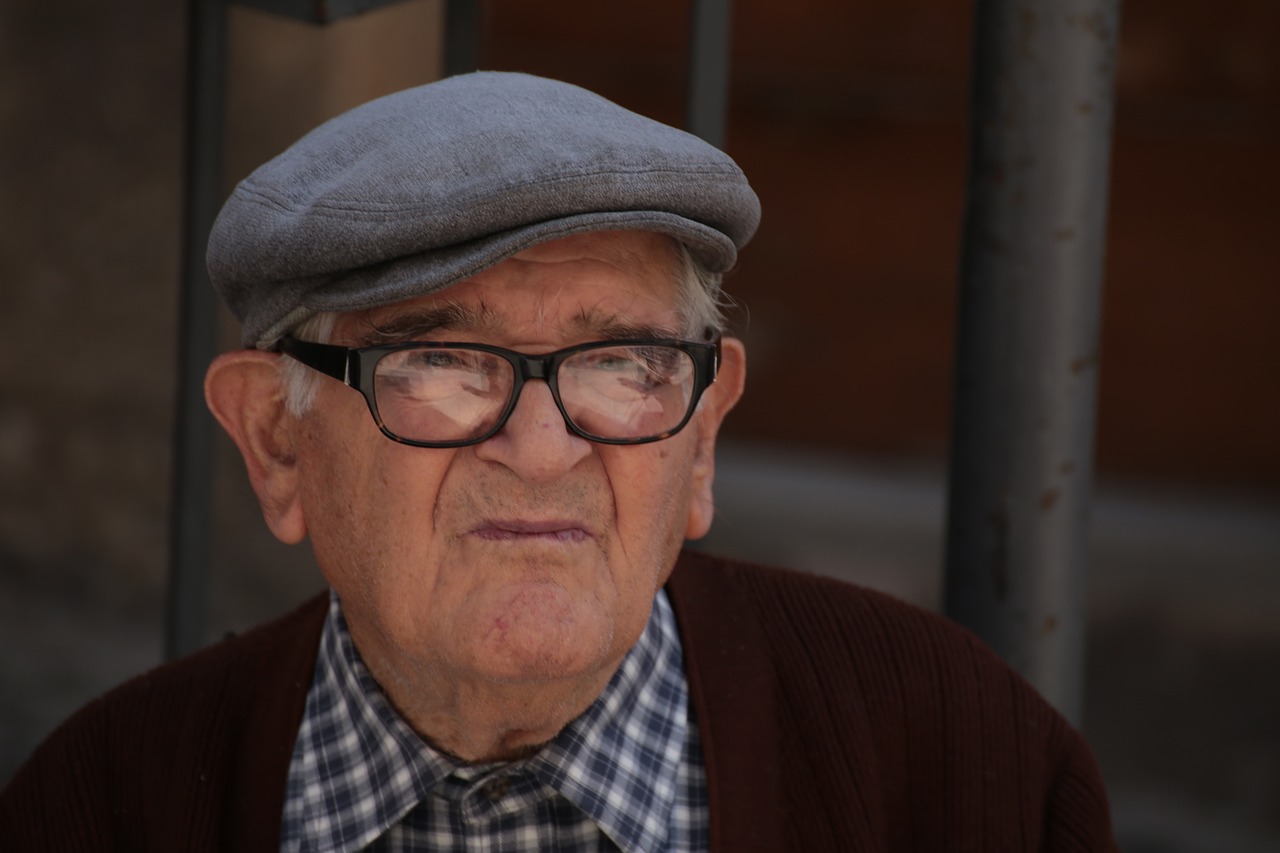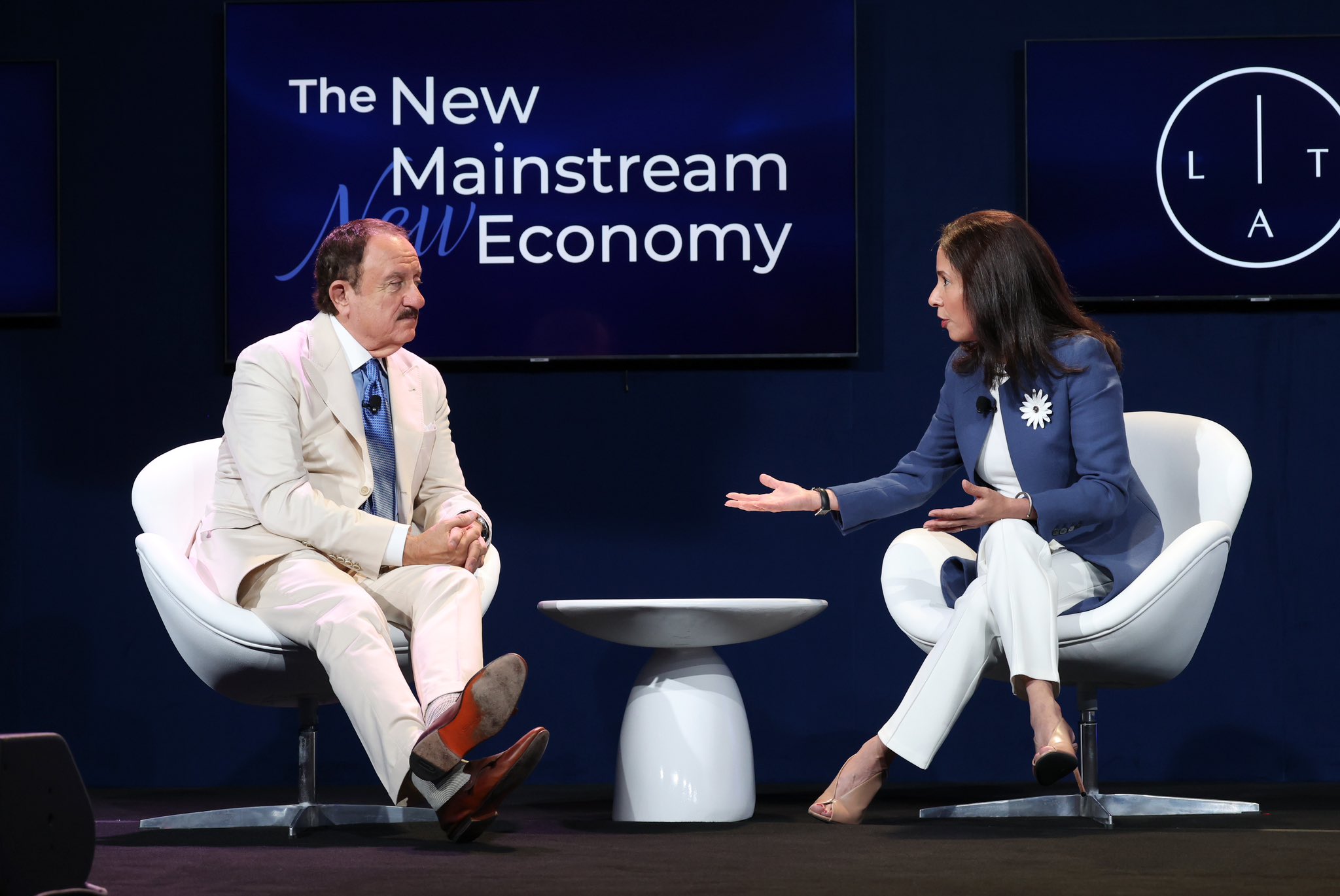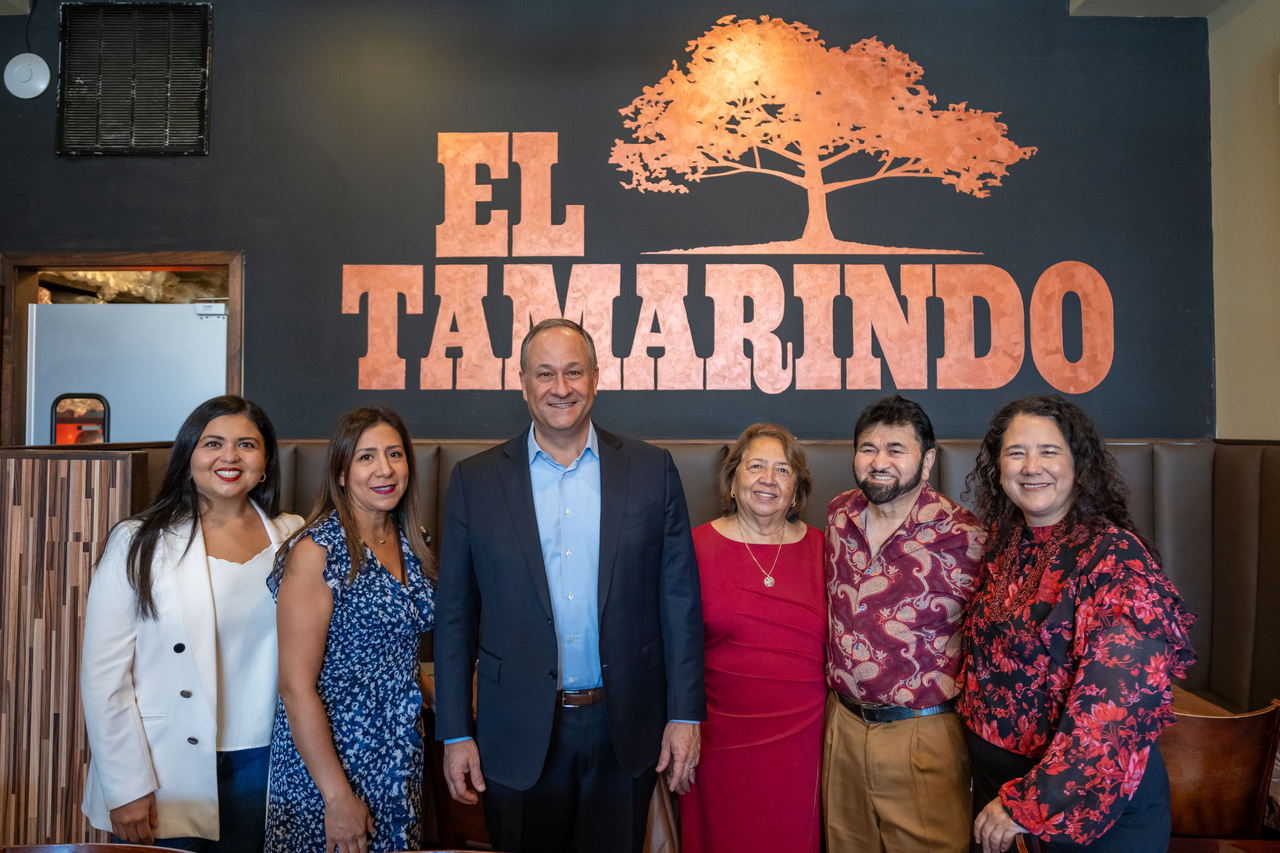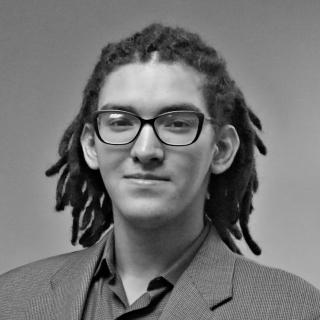
Allyship between Latinos and other communities
A panel discussion during the 2022 Hispanic Leadership Summit examines how the Hispanic community can both act as an ally and what to expect from its allies.
On Dec. 7, 2022, a panel discussion about allyship between the Hispanic community and other communities was held between several subject matter experts who had worked with multiple communities during this year’s Hispanic Leadership Summit, among other panels.
On the panel was James Fripp, Chief Equity, Inclusion, and Belonging Officer at Yum! Brands Inc.; William Rawson, Principal at Phillips Exeter Academy; Monica Trasandes, Director of Spanish Language and Latinx Media and Representation at GLAAD; and Jerika Richardson, Senior Vice President of Equitable Justice and Strategic Initiatives at the National Urban League.
The panel was moderated by Marco Davis, President and CEO of the Congressional Hispanic Caucus Institute.
For the panelists, allyship involved not just taking action, but knowing about the issues communities faced, how to recognize misinformation surrounding oppressed groups, how to learn from them, and standing by them beyond crises.
Speaking up and taking action
Trasandes began with her view on how allyship works by describing how speaking about one’s personal story and experiences can show how much people have in common, such as her experiences seeing the Latino and the LGBT community connect and look past differences when discussing their shared values.
In a similar vein, Fripp sees the importance of letting others speak at the table. It can be difficult to make your voice heard, which is why there needs to be an effort to uplift voices when others will not let them speak.
This creation of space for others isn’t limited to just discussions, Richardson says. Recounting personal experience, she was able to get her first job out of college through the aid of another Latina, who was the only person of color at the executive level.
“She was very intentional about creating opportunities and opening doors for other people that looked like her and many that did not look like her. So there are often times where we might be in a position of power, or we may be the token, but I think it's important for us not to be comfortable with just being there and representing our community,” Richardson said.
As a part of the National Urban League, one of the nation's oldest civil rights leagues, Richardson has worked with many communities, including Black and Latino communities.
She has seen how they face the same struggles and how they have come together to support each other in the face of adversity that challenges them both.
In turn, Trasandes’ work with GLAAD brought her to support the Hispanic community with their support of the “Drop the I-Word” campaign to remove the word “illegal” from use in news media as a term for undocumented immigrants.
RELATED CONTENT
Understanding Intersectionality
Intersectionality can cause difficulties for those in between communities, Fripp says. This can leave them vulnerable to racism and colorism from the communities they belong to.
Race isn't the only form of intersectionality, with gender, sexuality, and religion playing a role, Davis said, highlighting issues like equal pay for Latinas.
With sexism, homophobia, and antisemitism present in the Latino community, it is key for allies to leverage these intersections to create an allied front.
But alliances can be difficult to maintain and trust formed can be easily lost, says Rawson. In a school setting, everyone needs to be treated as a learner who must be allowed to come back from their mistakes and have a chance to regain trust.
Like Rawson, Trasandes sees importance in listening and learning without fear of reprisal, echoing his words of letting people make mistakes.
As an example, she referred to worries of misgendering members of the LGBT community and the possibility of backlash as reasons people often avoid the topic.
Richardson added that even within a community space, it is possible for leaders to lose sight of their goal of helping people, and that asking questions about what the community needs is important.
Returning to her point about confronting misinformation spread about communities, Trasandes spoke that if lies are spread about the Latino community, the LGBT community needs to be there to provide correct information and vice versa.











LEAVE A COMMENT:
Join the discussion! Leave a comment.